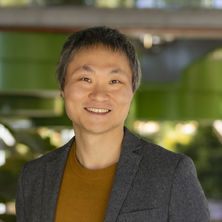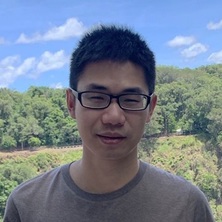Converting raw mineral materials to highly efficient lighting and display devices (2024-2025)
Abstract
Perovskite quantum dots are considered as the next generation semiconductor materials for high-efficiency solar panels, LEDs, displays, and X-ray sensing devices. They are more efficient and processable than conventional ultra-pure silicon and can be directly synthesised from low-grade inorganic mineral salts, providing an opportunity for value-added manufacturing in Australia. However, the practical use of perovskite has been hindered by their instability and heavy metal leaching. Lead entrepreneur Hou has overcome these challenges with his patented technology using novel hybrid glass to encapsulate perovskite quantum dots, which forms the basis of subsequent perovskite display technology. This technology offers record-breaking (>100x) brightness, efficiency, and lifetime, enabling a significant leap in display and lighting performance. This AEA project is to enhance the Technology Readiness Level (TRL 3->4/5) of perovskite lighting materials by improving their synthesis using low-grade mineral materials and conducting performance tests in real-world scenarios. Success in this initiative could lead to next-generation displays powered by perovskite nanocrystals and metal-organic framework glasses, paving the way for MicroLED display production and a billion-dollar market in new display technologies.


